
“Everybody’s going to have to drive their kids to school if they can’t walk safely.”
– Nearby resident

“Everybody’s going to have to drive their kids to school if they can’t walk safely.”
– Nearby resident
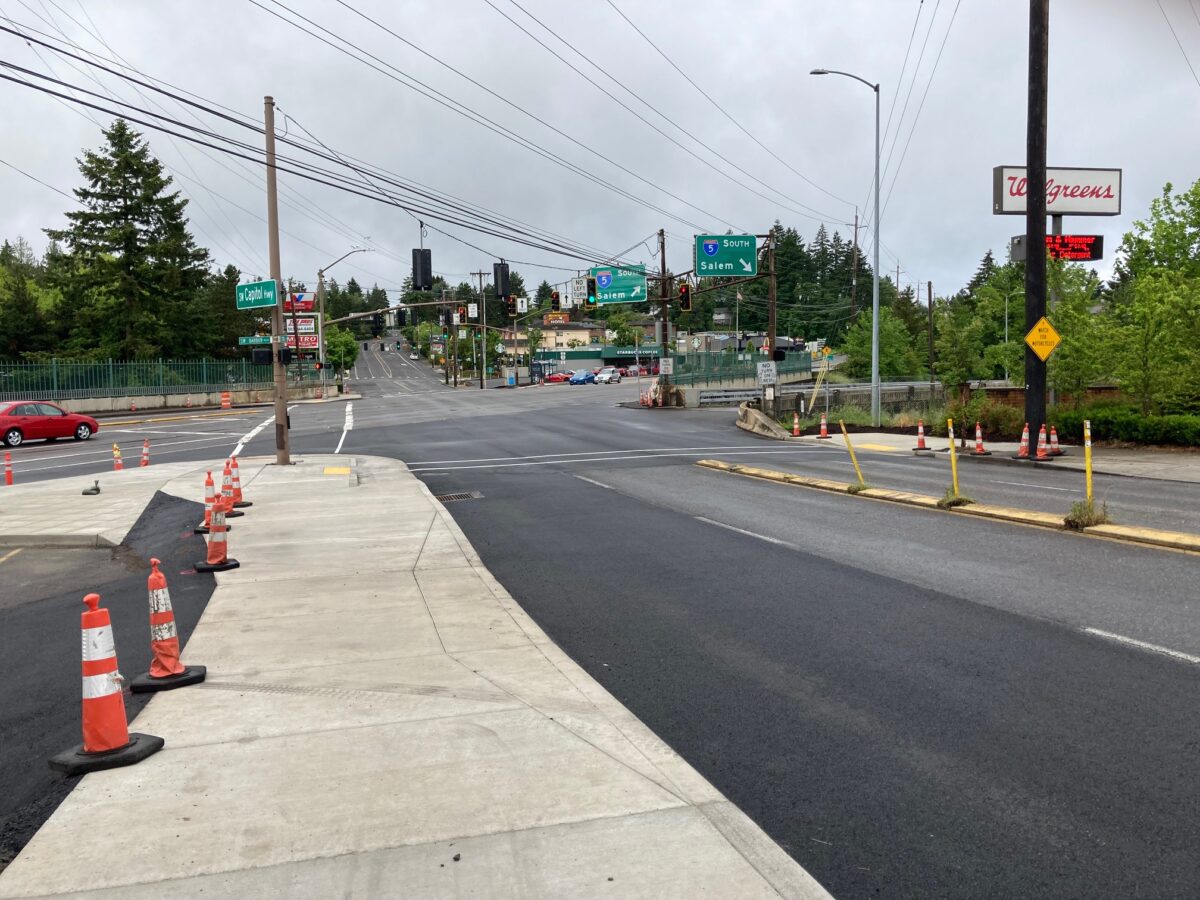
ODOT’s three million dollar Barbur Crossroads Safety Project is nearing completion. The project, also known as “the jughandle” by area activists, is being built with All Roads Safety (ARTS) funds.
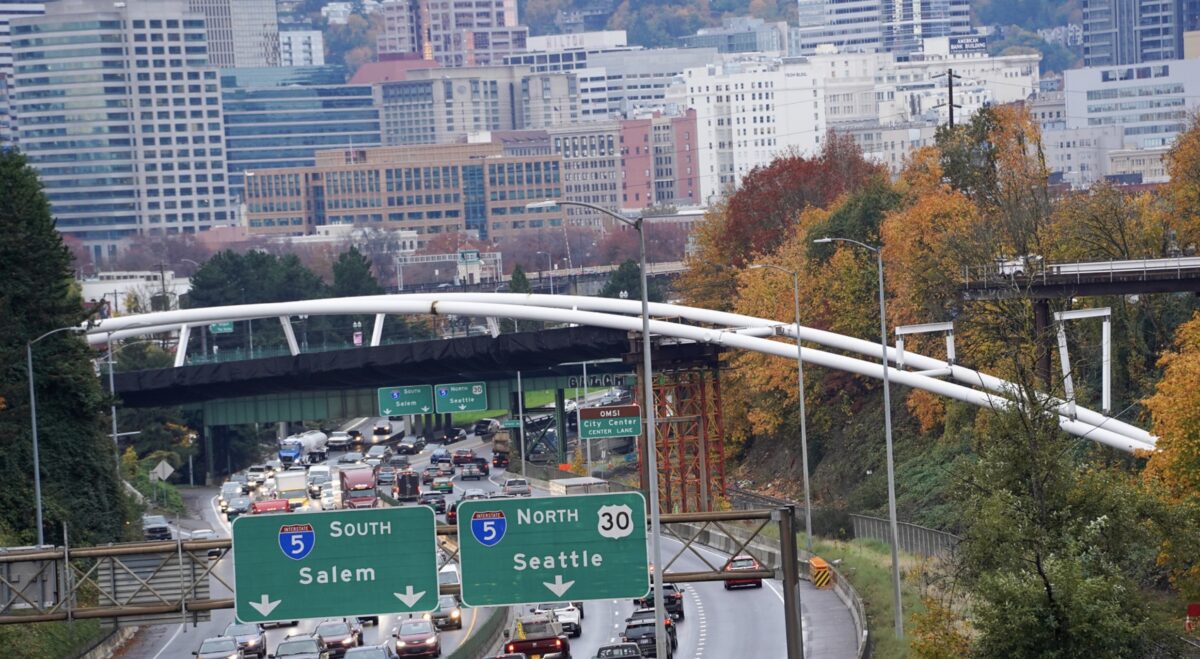
The long-awaited carfree connection between the Lloyd and Central Eastside districts is finally all set to open.
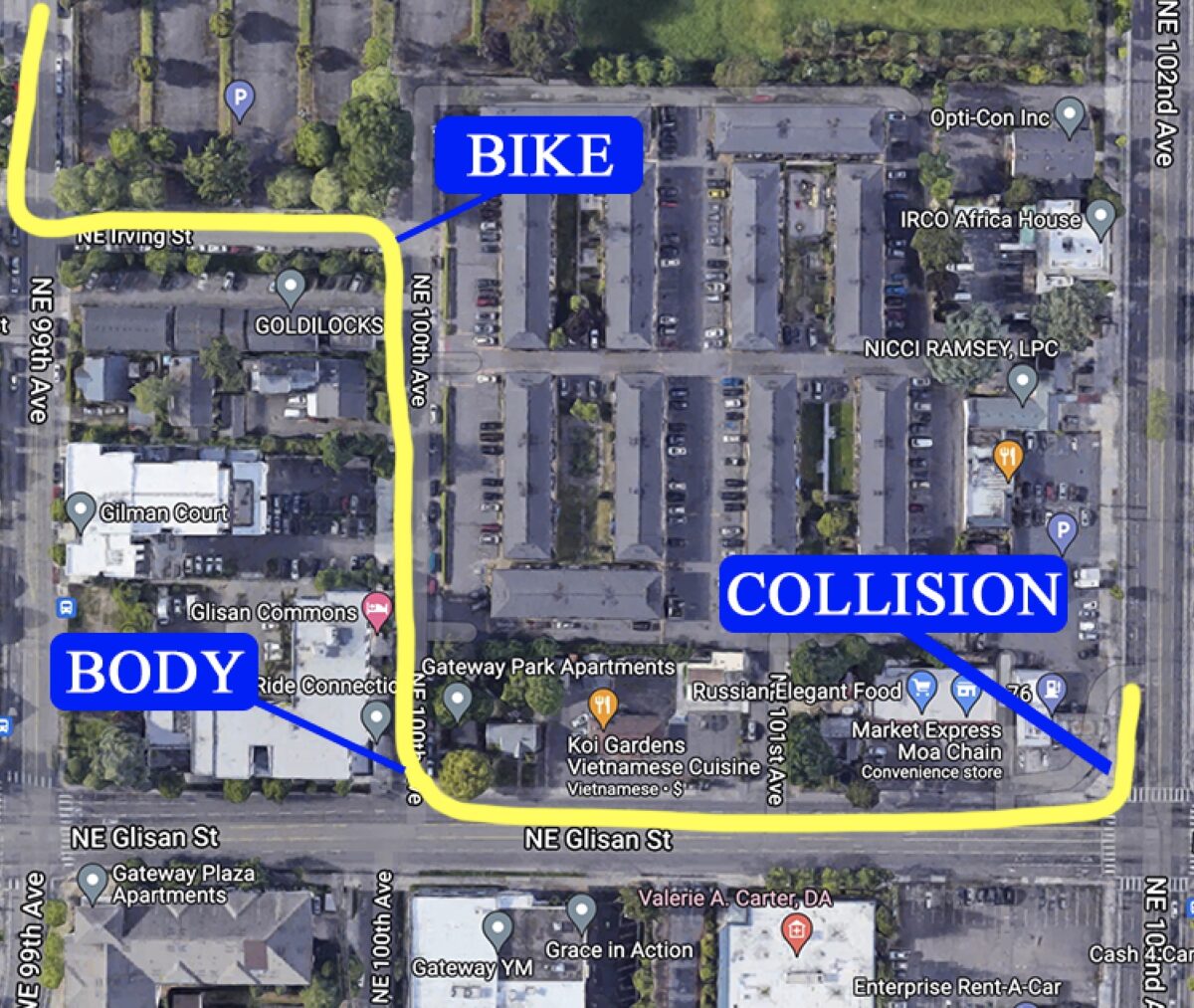
A horrible scene unfolded in Portland’s Hazelwood neighborhood on Tuesday.
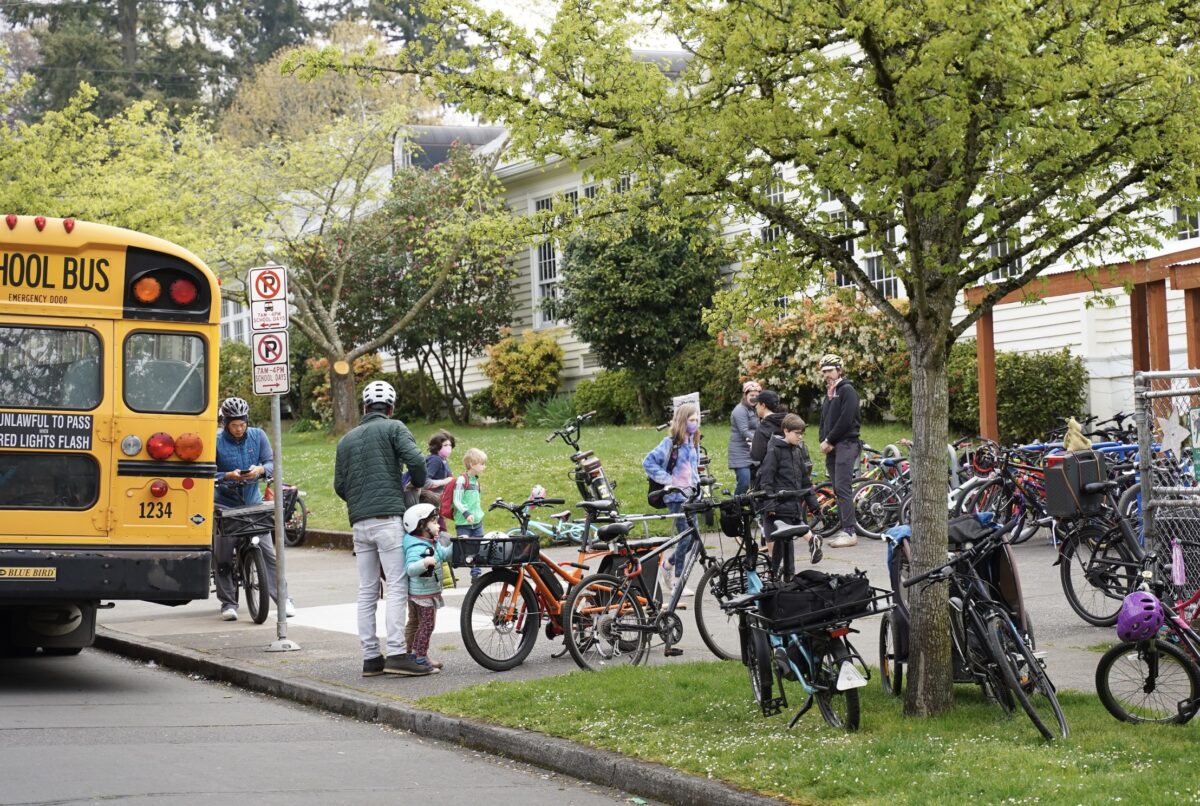
School’s almost out for summer vacation for many students in Oregon. But transportation planners in their cities and school districts are already thinking past Labor Day, eager to make it easier for students and parents to use active transportation to get to school. Through the Oregon Department of Transportation’s Safe Routes to School program, school districts have the opportunity to apply for grants for infrastructure and non-infrastructure projects to encourage and facilitate safe ways for kids to walk, bike or roll to school.
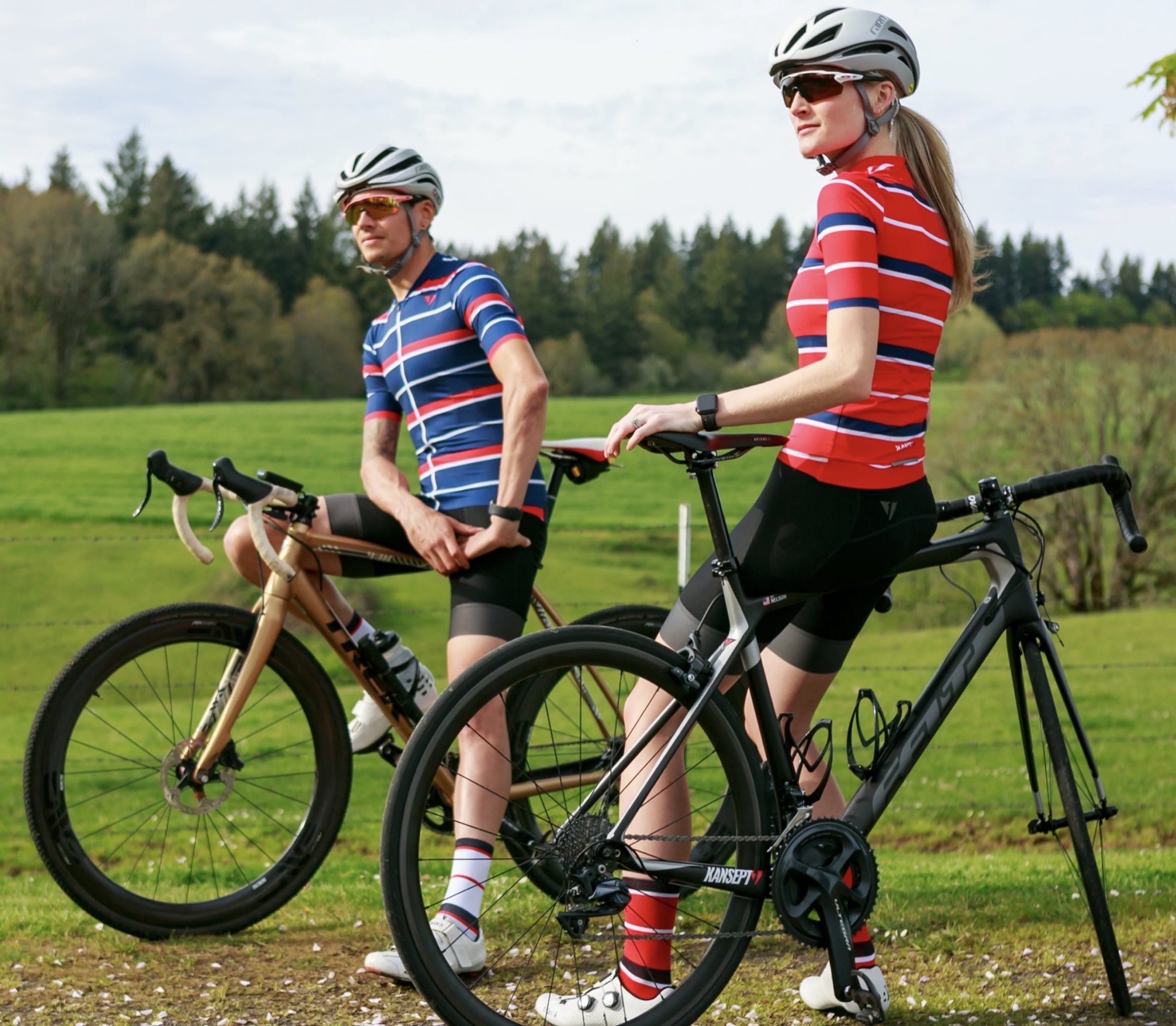
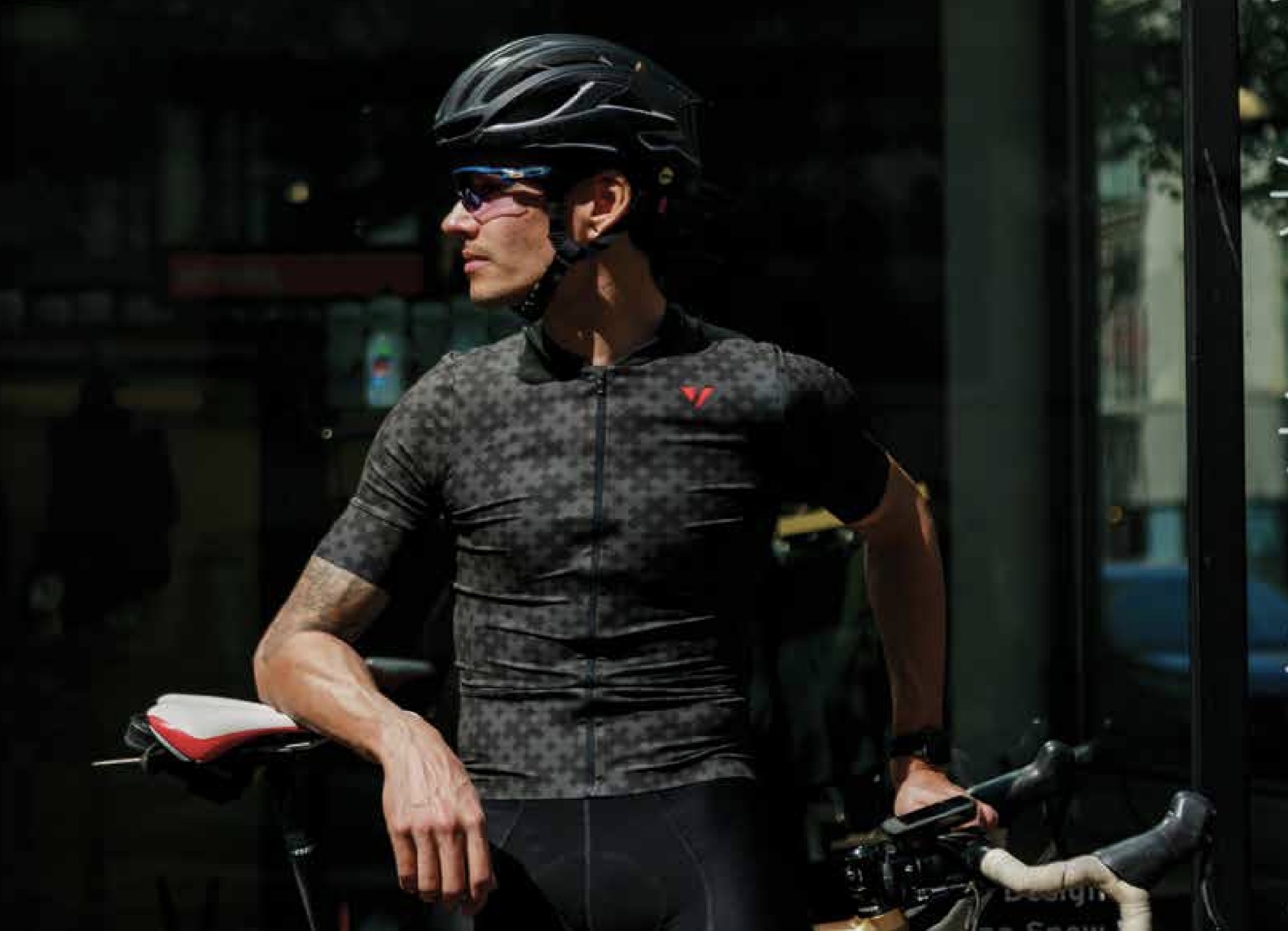

Former Nike designer and outdoor industry veteran George Nelson has launched Kansept1 (sounds like “concept”), a new cycling apparel company.
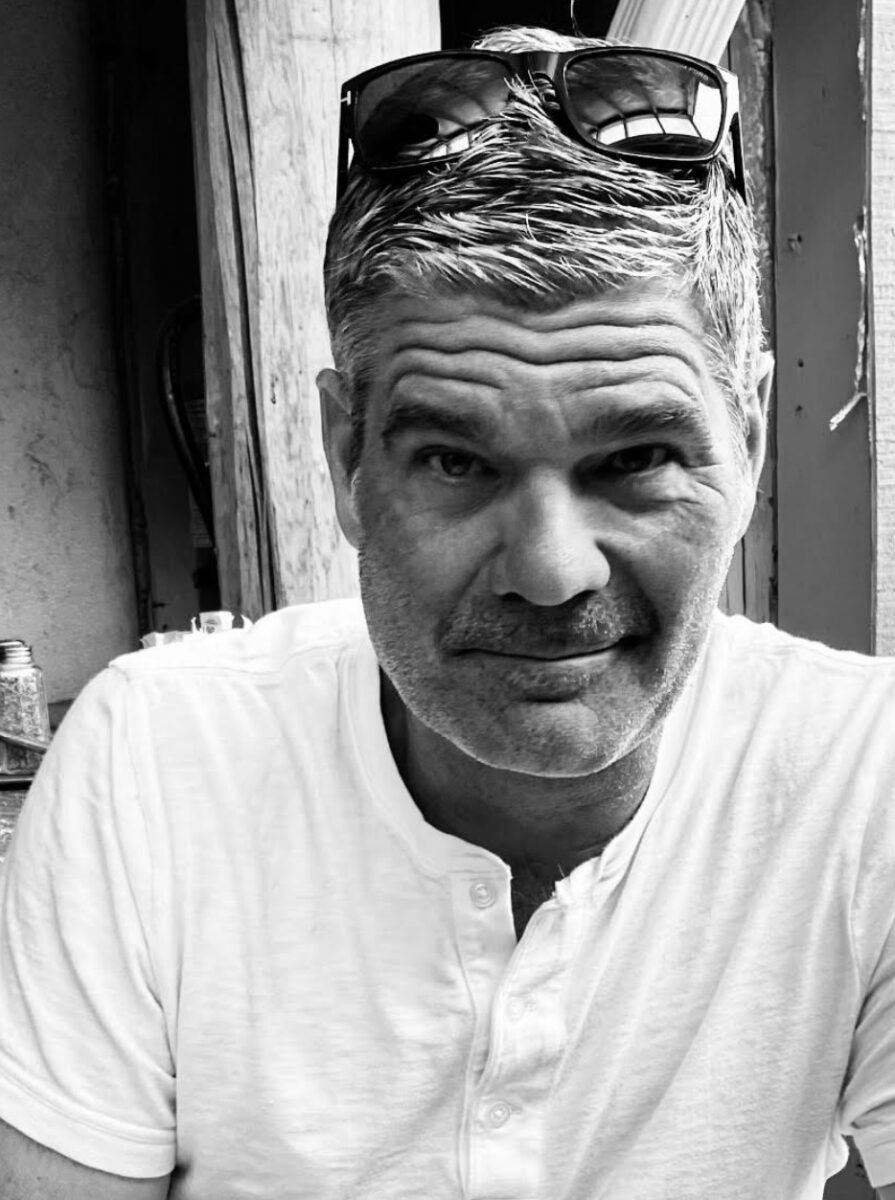
Nelson’s resume in the apparel design field includes brands like Pearl Izumi, Patagonia, DaKine, Fox Racing, Merrell and others. He graduated from Rhode Island School of Design then moved from Boulder, Colorado to Portland in 2004 to work as senior apparel designer for Nike’s ACG (All Conditions Gear) brand.
The company’s initial offerings include a selection of jerseys ($120), bibshorts ($175), socks and t-shirts for men and women. The collections went live last week.
Nelson says Kansept1 brings two of his passions — cycling (especially the competitive side of it) and product design — “full circle”. “I first started bike racing when I lived in New York City back in the late 80’s and early 90’s,” Nelson shared in an email yesterday. “For most of my time in NYC, I didn’t own a car so my bike provided an escape on the weekends out of the city on long club rides and races up to Westchester County and Nyack and out to Long Island and New Jersey.”

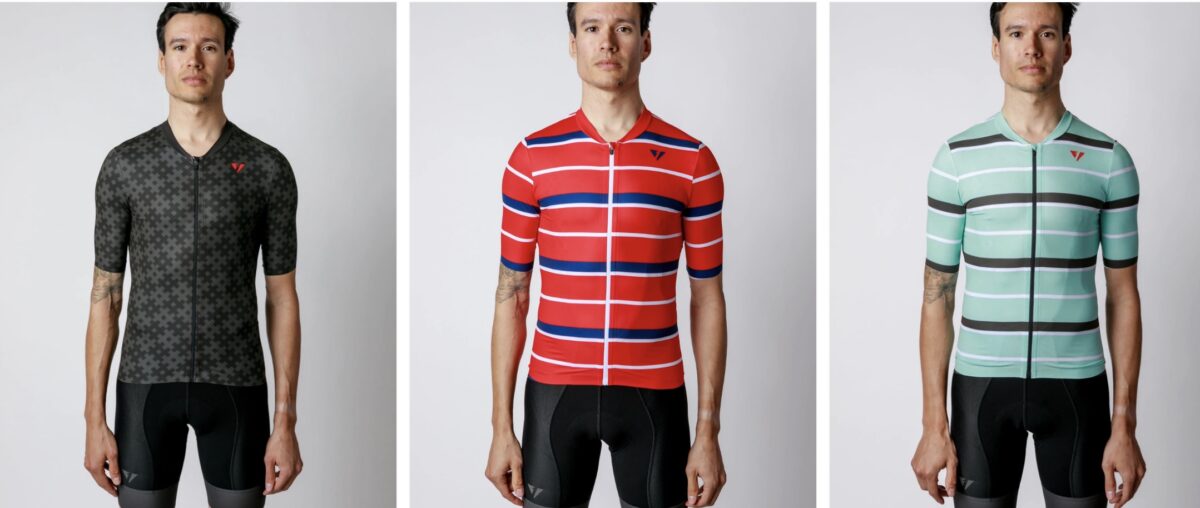
Nelson, now 58, still loves to ride and race and still designs products he’d wear. Asked how he’d describe Kansept1’s aesthetic, Nelson said, “That’s always a tough one to answer without sounding a bit pretentious isn’t it? But I suppose it would be ‘modern classics’.”
Cycling apparel is an extremely competitive market and Nelson will fight for customers along brands like Rapha, MAAP, Le Col, Eliel and many others. That’s a far cry from Nelson’s early days at Pearl Izumi. “There were really only a handful of genuine players in the industry and, to be frank, they really weren’t doing a great job on the style and fashion side of it,” he says. “Today’s cyclist is more sophisticated and better informed and they’re demanding more and better choices, style and quality.”
The first collection from Kansept1 is road/gravel focused, but Nelson says a much larger offering is in the works.
Check out the Kansept1 website and follow them on Facebook and Instagram for the latest drops and deals.
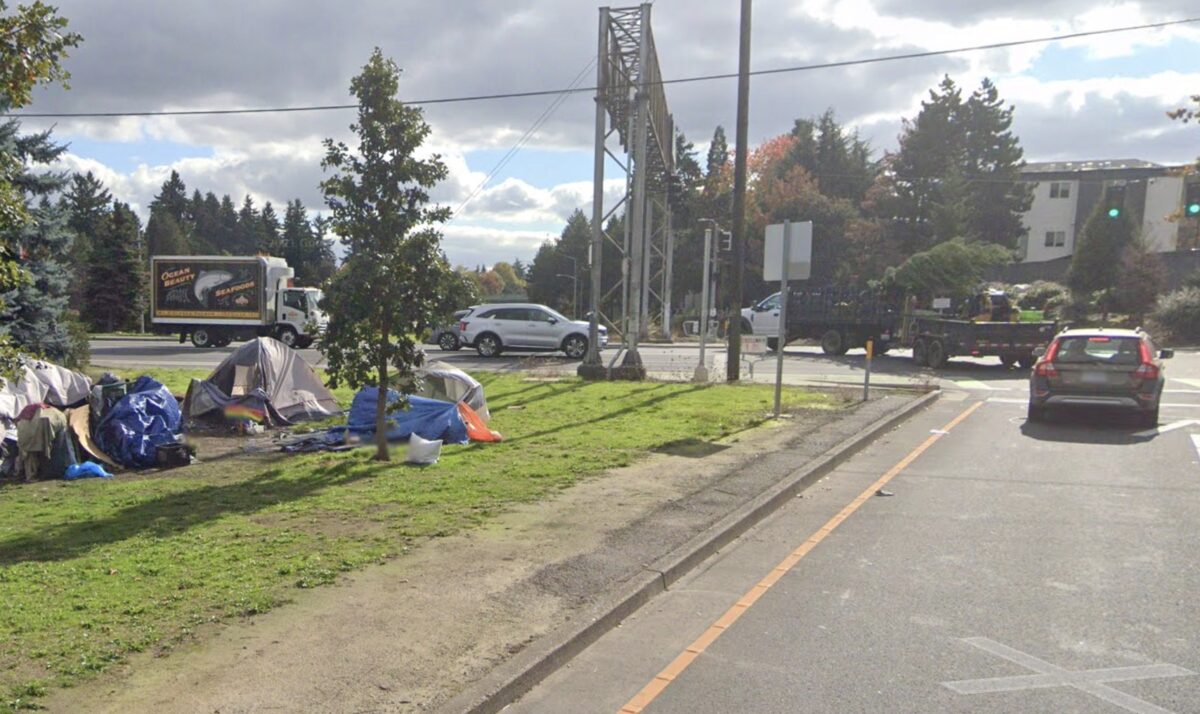
“Cities have shown they have the capacity and resources to quickly adapt to new crises. These adaptations need to prioritize vulnerable communities and underserved areas.”
According to a report by the City of Portland released last year, 19 out of the 27 people killed in a traffic crash while walking on Portland’s streets last year were experiencing homelessness. This is 70% of the total number of pedestrians killed, and about a third of the total people killed in car crashes of any kind.
The staggering statistic sent shock waves through Portland. Mayor Ted Wheeler’s solution was to declare a state of emergency and ban camping at so-called ‘Inherently Dangerous Camping Locations,’ which include streets on PBOT’s High Crash Network and along state and federal highways.
But homeless and transportation advocates said the move could cause additional trauma by uprooting people and further criminalizing homelessness while not doing anything to solve the root of the problem.
That’s where a team of six students who call themselves Street Perspective at Portland State University’s Master of Urban and Regional Planning (MURP) program stepped in with a planning and research project titled, Safety Interventions for Houseless Pedestrians. Angie Martinez, Meisha Whyte, Asif Haque, Nick Meusch, Peter Domine, and Sean Doyle presented their findings at last week’s Friday Transportation Seminar hosted by PSU’s Transportation Research and Education Center.
This study focused mainly on the transportation policy lens, but also looked at potential housing and shelter solutions.

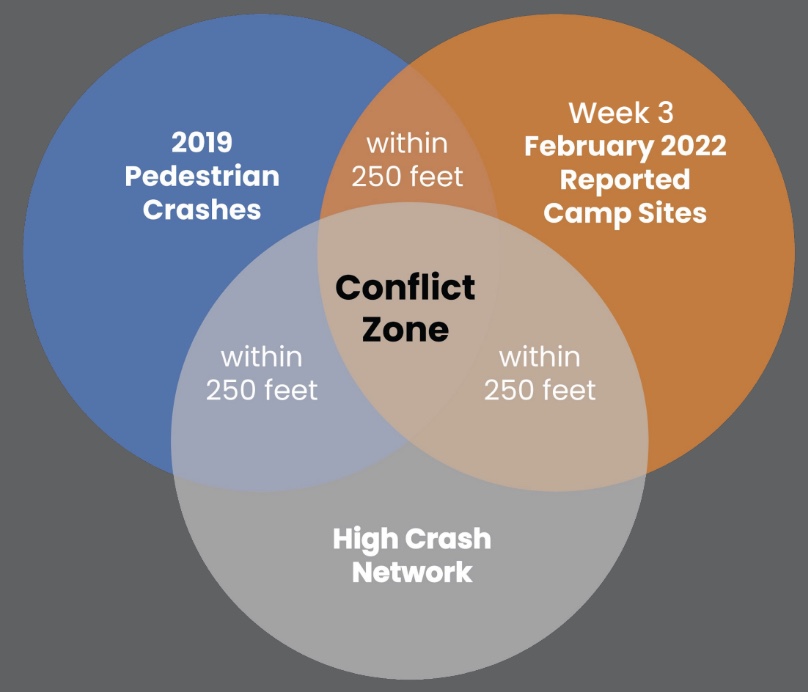
There are many potential reasons why homeless people are at increased risk of being killed on the streets, but a main factor is they choose to set up campsites near highway ramps and along arterials. The large, vegetated buffer zones around freeways are perfect for pitching tents and arterial streets are often near services, stores, and other destinations. Unfortunately they’re often near many high-speed drivers.
The Street Perspective team talked to people living on the street and service providers who work on the ground. They mapped out conditions after making site visits. They crunched data on collisions.
One of their main takeaways was how harmful sweeps in these environments can be. Presenters pointed out how forcing people to relocate to areas where car traffic is calmer may mean cutting them off from services they rely on and communities they’ve built.
“Many of the negative effects that come from harassment and sweeping are due to this loss of community that provides people with some sense of stability and connection,” Sean Doyle, one of the Street Perspective students, said during the presentation.
So, what tactics do the Street Perspective students indicate could work to help keep people experiencing homelessness safe from traffic violence? Here’s a recap of their ‘promising practices.’
At the beginning of the pandemic, PBOT enacted the Safe Streets Initiative and installed traffic calming measures on certain streets to give people more room to walk, bike and roll while social distancing and staying safe from car traffic. The Street Perspective team suggests PBOT tackle the traffic violence unhoused people face by applying similar measures to areas near essential resources where campsites are set up.
“Cities have shown they have the capacity and resources to quickly adapt to new crises. These adaptations need to prioritize vulnerable communities and underserved areas,” the presentation said.

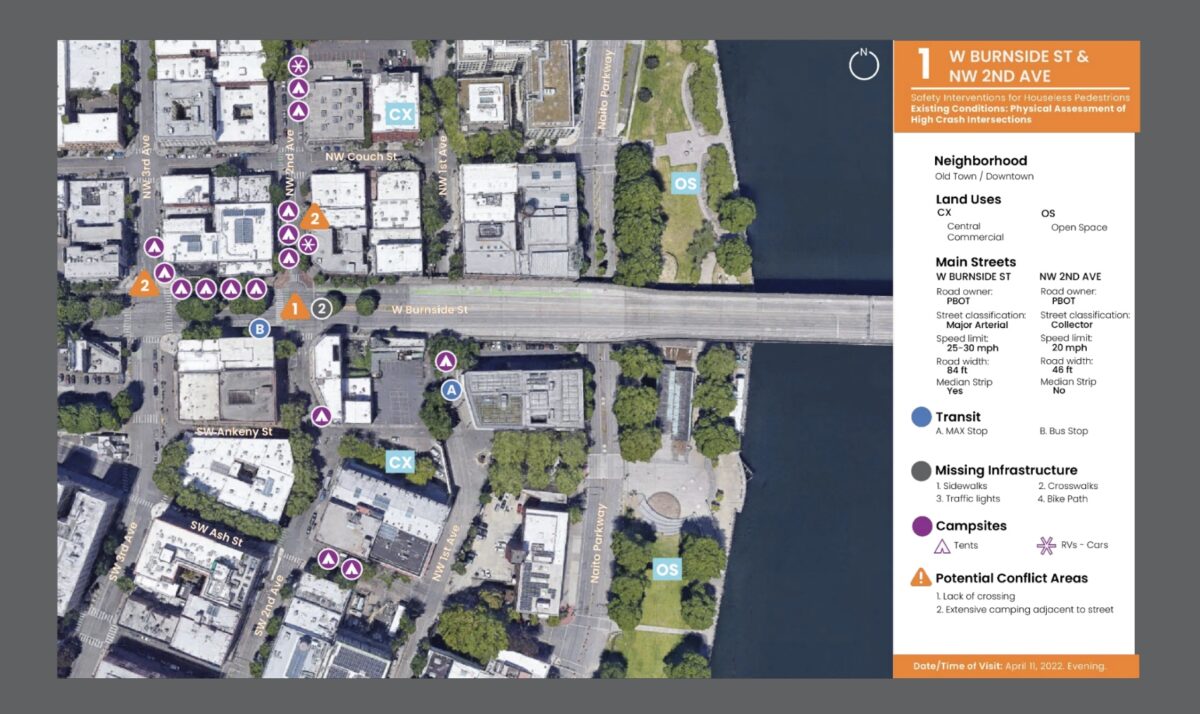


Active transportation investments would not necessarily need to specifically target homeless people — as anyone who walks or bikes in an area would benefit from safer infrastructure — but these investments could be prioritized in places where homeless people are disproportionately impacted.
The Street Perspective study looked at three intersections in Portland (above) located in proximity to homeless campsites where pedestrian injuries have occured (all three are on the PBOT High Crash Network): W Burnside St and NW 2nd Ave; NE Sandy St, NE Halsey St, and NE Cesar Chavez Blvd; and NE Glisan St and NE 122nd Ave.
While the specifics vary, the study reported that they all have inadequate crossings, missing sidewalks and cater to people driving cars at the detriment of everyone else.
The types of improvements the Street Perspective team suggests be made to these dangerous intersections are the same treatments PBOT has done at other intersections around the city, such as enhanced street lighting, improved crosswalk visibility and speed reduction measures. The students suggest a more broad implementation would provide one long-term solution to the unsafe conditions homeless people face on our streets that is more effective than simply moving people away from the dangerous intersection without doing anything to fix the problem.
While the Street Perspective students say sweeping campsites is not a helpful long or short-term solution to the crises our unhoused neighbors face, that does not mean it is ideal to have people living next to high crash corridors. But homeless people are not a monolith, and will have different wants and needs for their future housing. There are potential steps the city could take to prevent fatalities while giving people a choice about where they want to live. This could include: providing places for car and RV camping, which provide more security compared to being unsheltered on the street (and which PBOT Commissioner Jo Ann Hardesty has already made progress on); sanctioned campsites in safer locations; or tiny home villages and motel vouchers.
The students provide a more extensive list of proposed solutions in the full presentation which is available via YouTube. They also acknowledge the limitations of their work because it mainly focuses on transportation infrastructure. In order to see real changes, this crisis will need to be tackled holistically.
“There is no single solution. Infrastructure alone cannot reduce speeds,” one presenter said. “Traffic safety is intertwined with shelter and necessities.”
Correction: We initially referred to the MURP students as ‘researchers,’ when some of the work the Street Perspective team should instead be characterized as ‘planning.’ We have changed the language appropriately.
We also reported that pedestrian fatalities had occurred at the sites the students chose to study. This was an error – these sites were chosen based on crashes occurring within 250 feet of a campsite resulting in pedestrian injury, not necessarily fatality. We regret any confusion this may have caused.
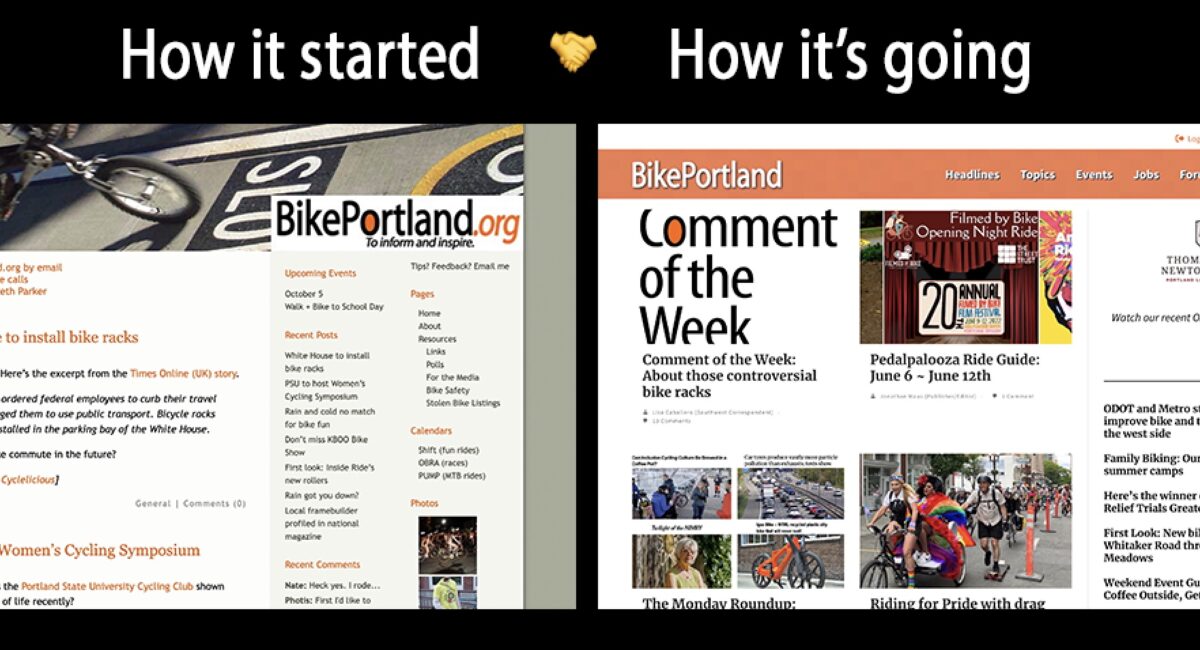
Things look a lot different around here huh? To you and me both.
On Monday afternoon we did the first complete update to this site since we launched in July 2005. I’m not sure if I should be embarrassed or proud that we kept the same theme and basic style for 17 years. Regardless, we have finally moved beyond the standard, single-column , “blog” format into something much more exciting.
This goes well beyond just wanting a new look. As publisher and editor of a site that has grown dramatically over the years, I’ve been very frustrated with inherent limitations of our old style. We’ve gone from “that guy’s bike blog,” to a mature news outlet that regularly features different writers and a wide range of issues (beyond bikes!) and content types. Simply put, I wanted to share more of our work in more compelling ways.
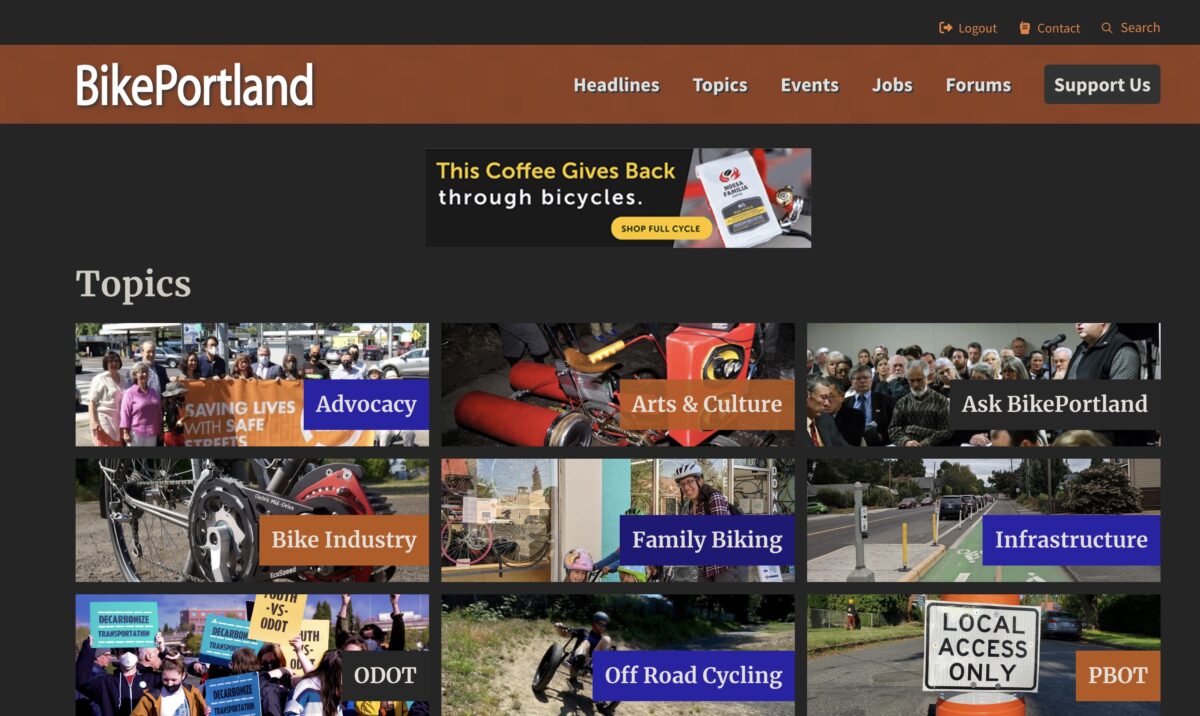
This new design by Steve Bozzone of Bozz Media allows us to do that. It features more stories above-the-fold and gives you a cleaner reading experience (if you’re looking for the stuff that used to be in our sidebars on the right, they’re now in our footer below).
I expect a lot of fiddling in the days and weeks to come.
And that’s just the start. From my perspective, what you can see here is actually the boring part of the change. Because we had such an old and clunky theme, we were not able to update to the latest editing tools of our content software (WordPress). Last night we finally made that update, and that means we have an exciting trove of new tools at our disposal to create more interesting posts and other types of content.
Along with our new look and the creative potential it unlocks, people who view BikePortland on a phone or tablet now have a much better experience.
Now the hard part: Please be patient as all of us here at BikePortland get up to speed with everything . The site is definitely not 100% done and there are many tweaks to make and bugs to fix. Back in the early days I’d spend many hours a week making tiny design adjustments and it took years for me to quit fiddling with things. I expect a lot of fiddling in the days and weeks to come.
As always, I’m extremely grateful for your support and our mission is to serve your needs. So if you have feedback, let us know!
Onto our next chapter…
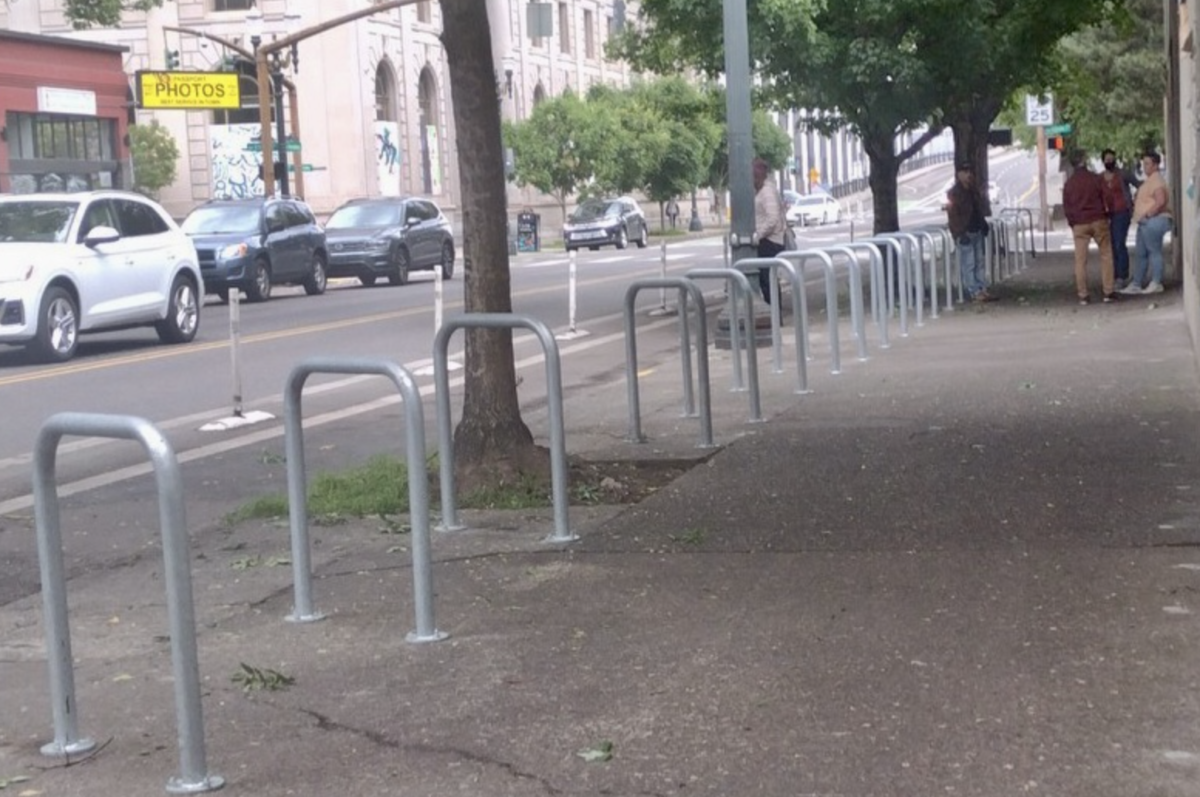
“Imagine navigating our sidewalks while blind or in a wheelchair.”